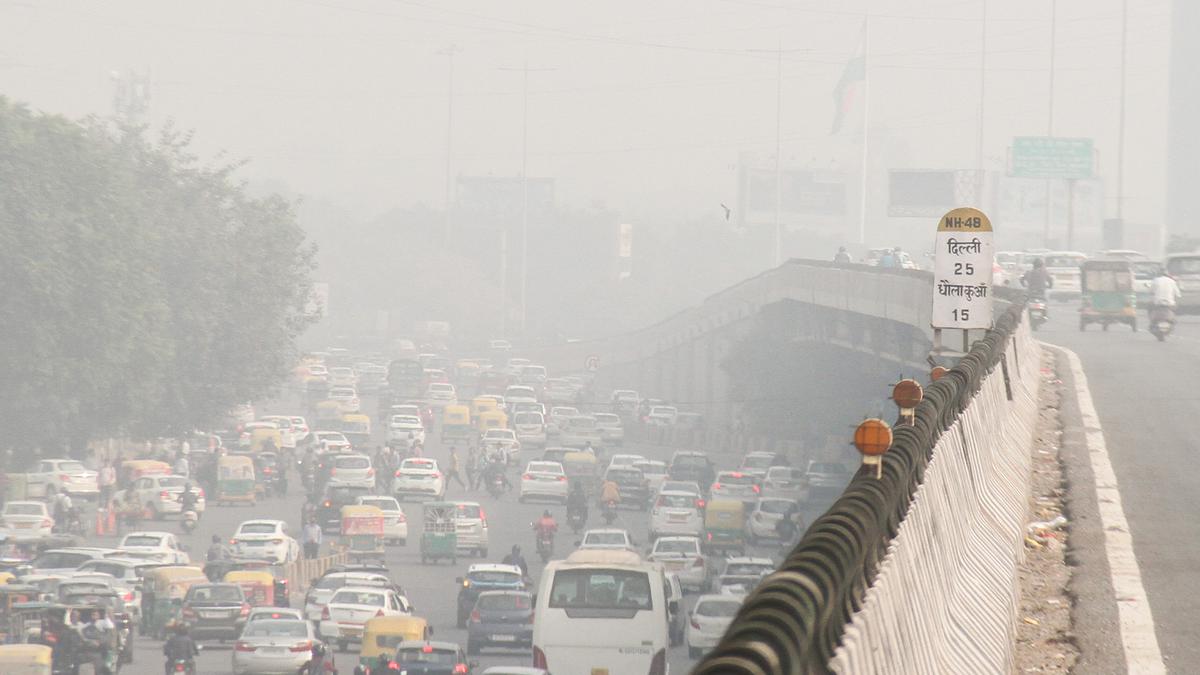
Marginal dip in pollution levels in Delhi; AQI in 'very poor' category
The Hindu
Pollution levels in Delhi marginally dipped on Tuesday morning (November 7) and were recorded in the “very poor” category after five consecutive days of severe air quality. The national capital’s Air Quality Index (AQI) stood at 394, a marginal improvement from 421 recorded at 4 p.m. on November 7.
Pollution levels in Delhi marginally dipped on Tuesday morning (November 7) and were recorded in the "very poor" category after five consecutive days of severe air quality.
The national capital's Air Quality Index (AQI) stood at 394, a marginal improvement from 421 recorded at 4 p.m. on November 7.
Despite a marginal dip, the concentration of PM2.5 – fine particulate matter capable of penetrating deep into the respiratory system and triggering health problems – exceeded the government-prescribed safe limit of 60 micrograms per cubic metre by seven to eight times in the capital.
It was 30 to 40 times the healthy limit of 15 micrograms per cubic metre set by the World Health Organization (WHO).
Several cities in neighbouring Haryana, Rajasthan, and Uttar Pradesh have also reported hazardous air quality. Ghaziabad recorded an AQI of 338, Gurugram 364, Noida 348, Greater Noida 439 and Faridabad 382. The Delhi government on Monday announced the return of its flagship odd-even scheme after four years, anticipating further deterioration of air quality post-Deepavali. The odd-even scheme allows cars to operate on alternate days based on their odd or even number plates.
The Energy Policy Institute at the University of Chicago and Evidence for Policy Design had analysed the impact of the odd-even system in 2016 and found that Delhi saw a 14-16% reduction in PM2.5 levels during the hours it remained in force in January that year. However, there was no reduction in pollution when the scheme was brought back in April that year.





















 Run 3 Space | Play Space Running Game
Run 3 Space | Play Space Running Game Traffic Jam 3D | Online Racing Game
Traffic Jam 3D | Online Racing Game Duck Hunt | Play Old Classic Game
Duck Hunt | Play Old Classic Game











